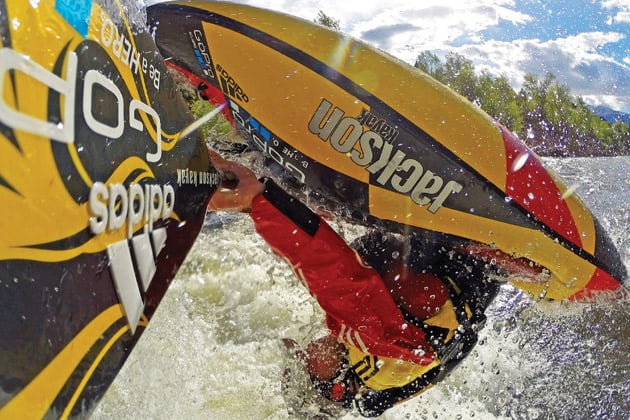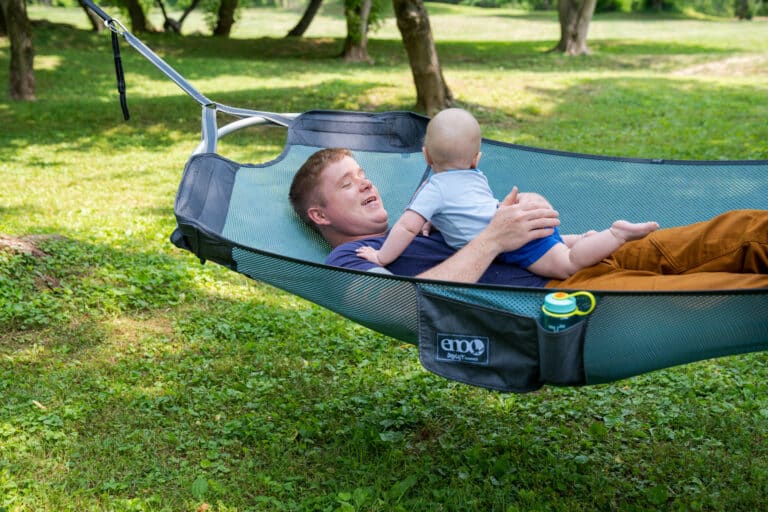Pat Keller
Three-time long boat Green Race champion; whitewater’s sweetheart of the Southeast
Learn your boat by first taking it out to the lake. The best way to know your craft and how it will respond in varying currents is to be aware of what its rocker and edges will want to do. A quick drill on flatwater will help you dial this. First, get up to speed. Once you’re moving, you have four options:
1. Lean to the front left edge
2. Lean to the front right edge
3. Lean over the back left edge
4. Lean over the back right edge.
Try all four of those and just see what the boat wants to do.
Shane Benedict
Two-time medalist at World Freestyle; co-founder of Liquidlogic kayaks
I have always thought of my top skill as being precision. I regularly use a broad repertoire of strokes to the point that they become second nature. Practice freestyling and old-school-style eddy hopping to learn how to visualize tight, precise lines and put the boat exactly where you want it with the right momentum and angle. It also doesn’t hurt to know how to scramble like a mofo when you are dealing with Plan B.
Nick Troutman
Bronze medalist in Freestyle World Championships 2007; three-time Canadian national freestyle champion
One of the most important and most underrated skills is edge control. It’s the difference you notice between someone flying through the rapid fast and stylish compared to someone just making it down the rapid. You edge the boat to miss tapping on a little rock or catching your edge on an eddy line; it’s also about knowing exactly when to edge to take a boof stroke or land a boof. To practice, just try simple tricks like seeing how long you can edge on your side without having your paddle in the water. Get farther onto your sidewall until you eventually fall over. This skill takes time to master, though luckily you can practice anywhere.
Clay Wright
First Green Race winner; squirt boating icon; inventor of “the loop”
Practice failure. Try really hard moves in safe places. You’ll learn the very real skill of dealing with where you are when you aren’t set up for the rest of the drop. Try rolls or 360s between eddies, attempt eddies that are too shallow or small and learn to grab at rocks or fall out the back and get back on track. Paddlers who can improvise quickly form better back-up plans and get to run challenging lines with less risk.
Anna Levesque
Bronze medalist at Freestyle World Championships 2001; founder and owner of Girls at Play
The skill I think is crucial for styling a rapid is confidence. Confidence and skill are related. The better skill (technique) you have, the more confident you’ll feel; the more confident you feel, the better you’ll perform. Building confidence has four components:
1. Learn and practice good technique.
2. Gain experience. Get out and paddle.
3. Feel supported by your paddling peers.
4. Learn from the bad lines, but don’t focus on them.
Confidence comes from recognizing our strengths while we learn from our weaknesses.








